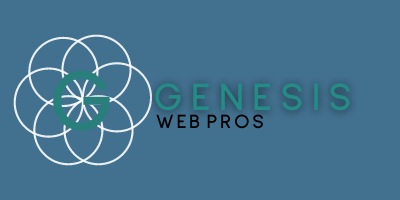It was a surreal experience to revisit the same hospitality team again when I recently went Las Vegas for a business trip. I was greeted by the same hotel desk attendant with a warm “Welcome Back”. The culled hospitality continued and I was given red carpet treatment. They also remembered what I had for the last time when I stayed there, eight months ago which was quite surprising for me.
It was good to know how the hotel had prioritized its customer value in their engagement strategies. Not all the hospitality service provider brands make investments in technologies as a part of their strategy for customer satisfaction. Many hotels face a lot of trouble in engraving this kind of service on themselves and are not focused to enough on each and every customer.
Brands are more focused in establishing a sound relationship with their current and potential clients, with their key to success being cost efficient and taking care of engagement level provided to their valuable customers. These factors are very important in brand marketing, done in order to attract more customers with this business strategy.
Building engagement is not at all as easy as it appears. Building customer engagement fetches you a good customer lifetime score which is very important in brand marketing. While building customer engagement one should be cognizant of what they are trying to do. Most people consider social media engagement high engagement which is not always true. The growth of brand is important only if you are able to attract the most valuable potential customers via your engagements.
Most of the brand marketers have a good CLV and equity scores for their likelihood segments with an investment on every potential consumer. But most of the time, CLV data is considered a vague measure which can’t be used in marketing planning or execution. CLV are only limited to be used for analytical measure for reports and presentations which is not the right way. Brand marketers should use it as a base of their engagement marketing strategies. Using CLV effectively will help them in grouping their valuable potential customers by demographics, product and estimated lifetime value. CLV isn’t necessarily used for financial capacity estimates, either. Layers can be added to the existing CLV to make audience data more actionable because the factors determining CLV may vary from industry to industry. Customer segment should be understood properly by the brand marketers in order to start. Strategies can be built after determining highest potential segment estimates for effective and appropriate engagement.
There are other forms of engagements which can be used for high CLV score customers. Call service centers can be one of other forms to engage which treats consumer similarly regardless of their potential CLV. It can’t be considered the best investment in brand’s marketing budget but by applying segmentation to customer service representative, a call center can be used as a more engagement strategy compared to other verticals. It can devote ample amount of time and services to the consumers.
If brand marketers are planning in investing time, resource and money to get more customer engagement, then they need to ensure if the engagement is benefiting their business or not. Brand marketers should understand and leverage the CLV in order to address their consumers separately so that high returns can be expected from the valuable customers.





